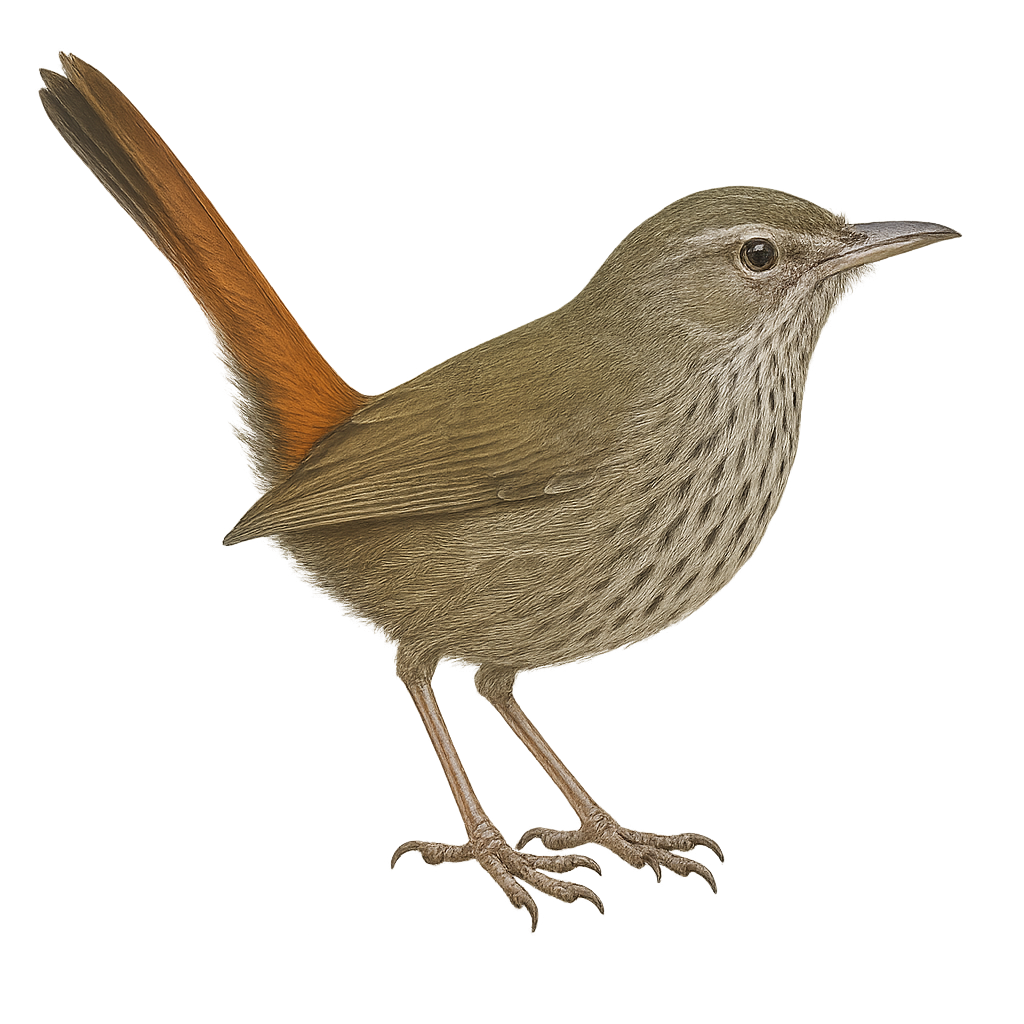Your wildlife photography guide.
Explore the chestnut-rumped heathwren in detail, study its behavior, prepare your shots.
Where to observe and photograph the chestnut-rumped heathwren in the wild
Learn where and when to spot the chestnut-rumped heathwren in the wild, how to identify the species based on distinctive features, and what natural environments it inhabits. The WildlifePhotographer app offers tailored photography tips that reflect the chestnut-rumped heathwren’s behavior, helping you capture better wildlife images. Explore the full species profile for key information including description, habitat, active periods, and approach techniques.
Chestnut-rumped Heathwren
Scientific name: Hylacola pyrrhopygia

IUCN Status: Least Concern
Family: ACANTHIZIDAE
Group: Birds
Sensitivity to human approach: Suspicious
Minimum approach distance: 10 m
Courtship display: August to September
Incubation: 14-16 jours
Hatchings: August to October
Habitat:
forests, heathlands, scrublands
Activity period :
Primarily active during the day, with peak activity in the morning and late afternoon.
Identification and description:
The Chestnut-rumped Heathwren is a small bird endemic to Australia, primarily found in wooded areas and heathlands. Its modest size and discreet plumage, dominated by brown tones and a distinctive chestnut rump, make it difficult to spot in its natural habitat. This bird is known for its melodious and complex song, often heard before being seen. It primarily feeds on insects and small invertebrates, which it finds by foraging on the ground and leaf litter. The Chestnut-rumped Heathwren is a sedentary bird, rarely observed outside its usual territory. Although its conservation status is currently stable, habitat destruction poses a potential threat to its population.
Recommended lens:
400mm – adjust based on distance, desired framing (portrait or habitat), and approach conditions.
Photography tips:
To photograph the Chestnut-rumped Heathwren, it is advisable to use a telephoto lens of at least 400mm to capture detailed images without disturbing the bird. Look for areas where the bird is active, often on the ground or in the underbrush. Be patient and discreet, as this bird is suspicious and can quickly hide. Morning is often the best time to observe and photograph, as activity is at its peak and natural light is soft.
The WildlifePhotographer App is coming soon!
Be the first to explore the best nature spots, track rutting seasons, log your observations, and observe more wildlife.
Already 1 439 wildlife lovers subscribed worldwide

